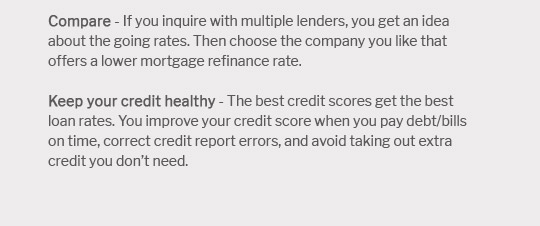 |
|||
 |
 |
 |
||
|---|---|---|
 |
||
 |
||
 |
||
 |
||
 |
 |
 |
 |
Understanding the Equity Line of Credit: A Comprehensive GuideAn equity line of credit, often referred to as a home equity line of credit (HELOC), is a flexible loan option for homeowners. It allows you to borrow against the equity in your home, providing a revolving credit line for various expenses. What is an Equity Line of Credit?A HELOC is a secured loan where your home serves as collateral. This line of credit can be accessed as needed, making it a versatile option for many homeowners. How Does It Work?Similar to a credit card, a HELOC allows you to borrow up to a certain limit and pay interest only on the amount you use. The repayment period typically follows a draw period, during which you can borrow funds. Benefits of a HELOC
Potential DrawbacksWhile HELOCs offer numerous benefits, they also come with certain risks. Risks Involved
Is a HELOC Right for You?Deciding whether a HELOC is appropriate involves evaluating your financial situation and goals. Compare options using tools like a mortgage refinance comparison calculator to understand potential savings. Alternatives to ConsiderBefore committing to a HELOC, explore other options such as personal loans or traditional mortgages. Understanding the 30 year traditional mortgage rate can provide a benchmark for comparison. FAQs About Equity Line of CreditWhat is the typical draw period for a HELOC?The draw period typically lasts 5 to 10 years, during which you can borrow funds. Can I use a HELOC for any type of expense?Yes, but it's advisable to use it for home-related expenses, education, or significant financial needs to maximize potential tax benefits. Are there closing costs associated with HELOCs?Some lenders may charge closing costs, though many offer no-cost options. It's important to compare offers. In conclusion, while an equity line of credit offers flexibility and potential financial benefits, it is crucial to weigh these against the inherent risks and costs. Consider your financial strategy carefully before proceeding. https://en.wikipedia.org/wiki/Home_equity_line_of_credit
A home equity line of credit, or HELOC (/hilk/ HEE-lok), is a revolving type of secured loan in which the lender agrees to lend ... https://www.citizensbank.com/learning/ways-to-use-equity.aspx
Tapping into home equity provides an alternative to taking out a higher-rate personal loan, running up a credit card balance or dipping into your savings. https://files.consumerfinance.gov/f/documents/cfpb_heloc-brochure_print.pdf
A home equity line of credit (HELOC) is a loan that allows you to borrow, spend, and repay as you go, using your home as collateral. Typically, you can borrow ...
|
|---|